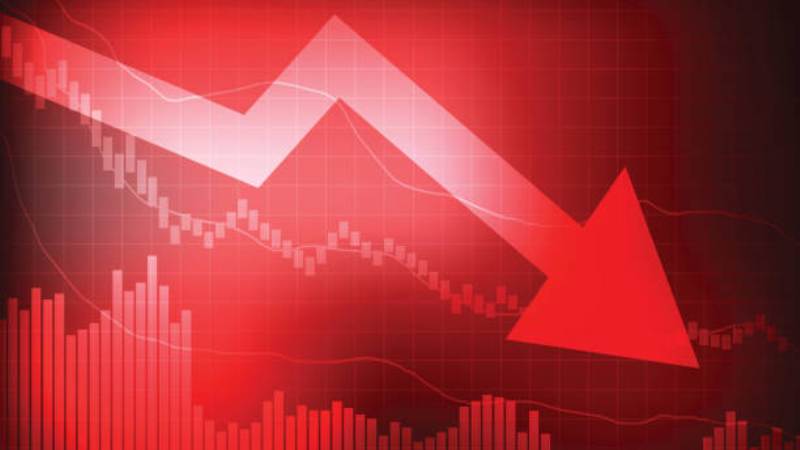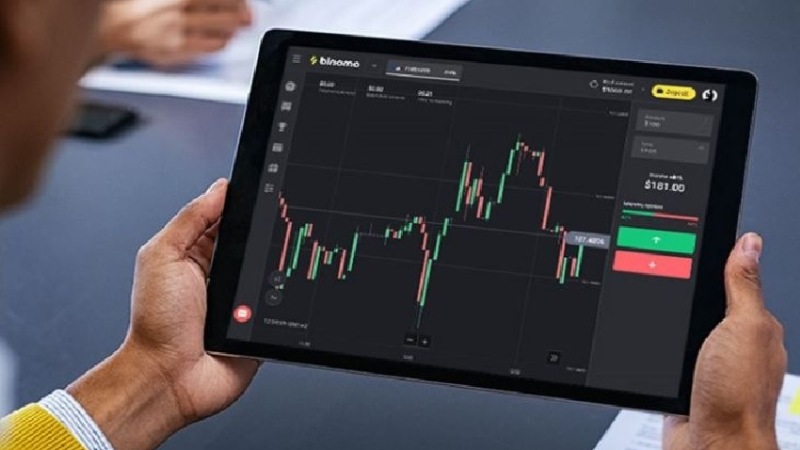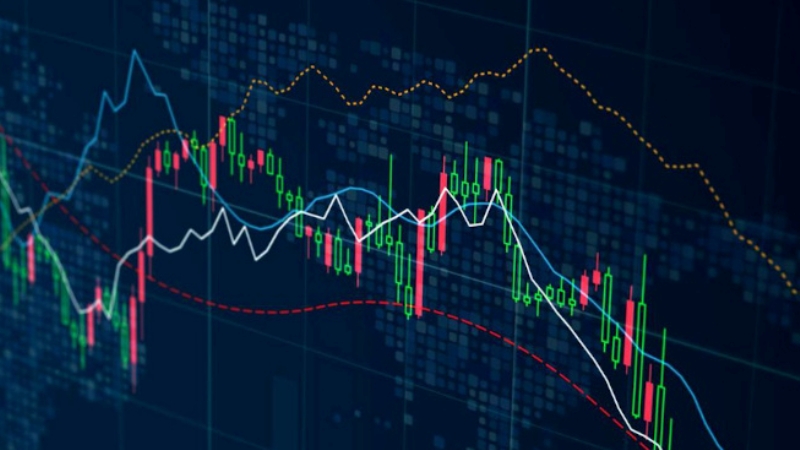A stock market crash is a sharp drop in stock prices that leads to a large loss of paper wealth. Investor panic is usually the underlying cause, although there are also often economic reasons for these crashes.
Some of these involve asset bubbles such as those in mortgage-backed securities during the 2008 Financial Crisis. Others are simply the result of greed or panic selling.
The 1929 Stock Market Crash
In 1929 stocks had been rising for a decade. They seemed like a guaranteed way to make money. Many bought them on margin (buying stock with money loaned by brokers). But as prices began to fall in September and October, speculation turned into selling panic.
The market crash did not cause the Great Depression that followed, but it was one of its most traumatic events. Many Americans lost their life savings and went bankrupt. Millions of others lost jobs, and lived in Hoovervilles on the edges of cities where they gathered in search of work.
A few events triggered the 1929 crash. Lord Snowden’s reference to a “speculative orgy in America” probably sparked the selling panic. And the decline in public utility stock prices may have weakened margin positions and sparked more general selling. But other events were probably also involved. The discipline of economics was still developing in 1929, and even with decades of hindsight it is not clear what caused the market to crash.
The 2007 Stock Market Crash
Many Americans saw their retirement savings plummet after the stock market crash of 2007. In fact, by the end of 2008, half of all families lost 25% or more of their wealth. This largely stemmed from the housing bust and resulting mortgage defaults. Banks such as Bear Stearns and Lehman Brothers collapsed, and mortgage giants Fannie Mae and Freddie Mac teetered on bankruptcy. This left homeowners unable to pay their mortgages, and companies that did business with these banks were pummeled.
Few envisioned the extent of the financial crisis and steep economic decline that would follow. In retrospect, most economists, Wall Street financiers, and politicians got it wrong. The 2008 crash was triggered by defaults on consolidated mortgage-backed securities (MBS).
These securities contained subprime housing loans, which were widely available to those with poor credit ratings. As a result, home prices declined and defaults rose, leading to a meltdown. The resulting collapse of the economy and the stock market made it one of the worst economic crises since the Great Depression.
The 2008 Stock Market Crash
Many people lost a large chunk of their retirement savings during this crash. Those losses were even greater when the Great Recession came along. Despite warnings, few could have predicted the extent of this collapse. Investors who used margin debt, leveraging themselves by buying stocks with only 10% down, were especially hard hit. In addition, the housing bubble burst, and venerable institutions like investment bank Bear Stearns and mortgage giant Fannie Mae were forced into bankruptcy.
This collapse was caused by a series of problems, including the growing U.S. trade deficit and computerized trading. The latter pushed the market into overvaluation as investors speculated that every company with a dot-com in its name would become extremely profitable.
This bubble burst, and when consolidated mortgage-backed securities (MBS) defaulted, it pummeled banks that were heavily invested in these bonds. Even the government had to bail out institutions such as Fannie Mae and Freddie Mac. This collapse was the worst since 1929, and it took years for the economy to recover.
The 2010 Stock Market Crash
When stock market prices drop dramatically, it has a negative impact on the economy. When investors stop buying, corporations are unable to grow, and they eventually need to lay off workers. This leads to a decrease in demand and further price declines. The cycle continues until the economy crashes.
This kind of crash is called a flash crash and it’s different than normal market fluctuations. It can be caused by things like an error in computer code or by fraud. It can also be the result of a lack of liquidity or high-frequency trading.
The flash crash of 2010 revealed the ways in which technology has changed the trading landscape. A study by a highly respected, Journal Citation Reports-indexed scientific journal explains how the rapid price reversals on May 6, 2010, were due to “toxic order flow.” The study found that a single hour before the flash crash, the NYSE had registered the highest level of order flow toxicity ever seen.





